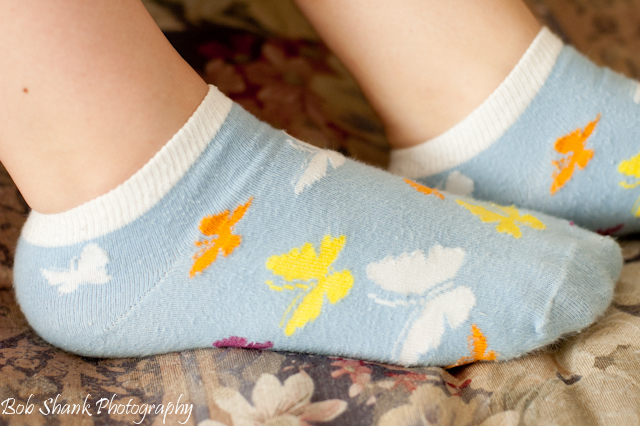I just created a new website exclusively for my sports photography. You can view it here.
My opportunities and experience in sports photography have taken me to places I never dreamed. It is a blast to face the challenge of “recording” the game with my camera. I always say that every game tells a story and we photographers have the privilege and honor of capturing the game’s story with our camera. I am a huge sports fan and always have been my entire life. I guess I came by it innocently enough. You see, my dad played Semi-Pro Football back in the days when this level of play was the stepping stone to the pros. I’ve been watching football games probably since I was inside my mother’s womb! I still enjoy seeing a game in Philadelphia or wherever some 45 years later! I also played sports most of my life and still enjoy playing as opportunities present themselves.
I also coached sports for over nine years. I may be getting back into coach a little bit in the near future, but my years of coaching experience have paid off huge dividends when I am behind the camera. For example, when I am photographing a baseball game and a runner gets on first base, I can often predict where the action might next take place depending on the number of outs, the count on the batter, the score of the game, who is pitching, and who is at the plate. Certainly there are many variables here but my coaching experience surely helps me anticipate where I should point my camera.
My interest in sports photography began slowly some years ago when I was attending one of the baseball instructional clinics that my son was attending. Like many dads, I had my camcorder with me. But I also have training in communication with a Journalism degree from Temple University, so I took my interest to a higher level. It just so happened that I had recently received an iPod as a gift. My new goal was to use the camcorder to record the instruction and then edit it to put on my iPod. My reasoning was that players and parents could use the instruction throughout the year even after the clinic was over. I thought this might of interest to the coaches as well. That project didn’t turn out completely as I hoped, but it definitely laid the groundwork for what was about to happen in the coming months. God is so good to us if we just pay attention and follow!
Some months went by and then my son made it onto a tournament baseball team. The Lehigh Valley Baseball Academy was starting to grow and add more teams and they hired me as their sports photographer. Around the same time I also started photographing the Pleasant Valley Baseball team. These opportunities helped me gain some experience and try some new things out.
Check out my new website, look at the photos, and let me know what you think. I’d love to hear your feedback. And if you know of anyone looking for a sports photographer for their team or event, please pass my website and contact information along to them.
Thanks!
-Bob



